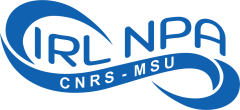Sept. 2024: One CNRS researcher was supported by the IRL-NPA.
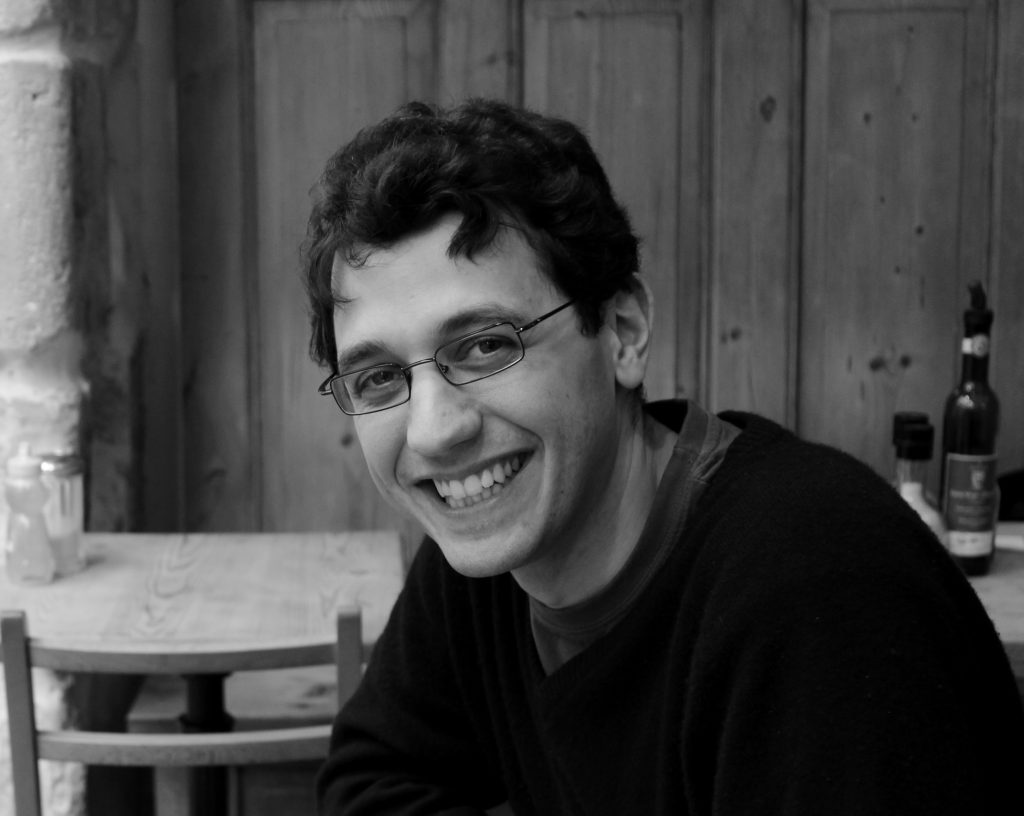
Guillaume visited Chloe Hebborn and Filomena Nunes to study nuclear clustering in reactions available at FRIB. The collaboration aimed to take advantage of the methodologies developed at FRIB to compute cross-sections with uncertainty estimations and the ab initio methods developed at IJCLab to compute nuclear structure for bound and excited states up to A = 20. The ultimate goal of the collaboration is to provide comprehensive solutions that bridge the gap between theoretical frameworks and experimental endeavors, facilitating advancements in the understanding of nuclear clustering phenomena.
During his visit, Guillaume has presented his researches during a nuclear theory seminar entitled “Towards Nuclear Reactions Essential for A Comprehensive Hindsight of the universe”.
June 2024 – One CNRS researcher was supported by the IRL-NPA.
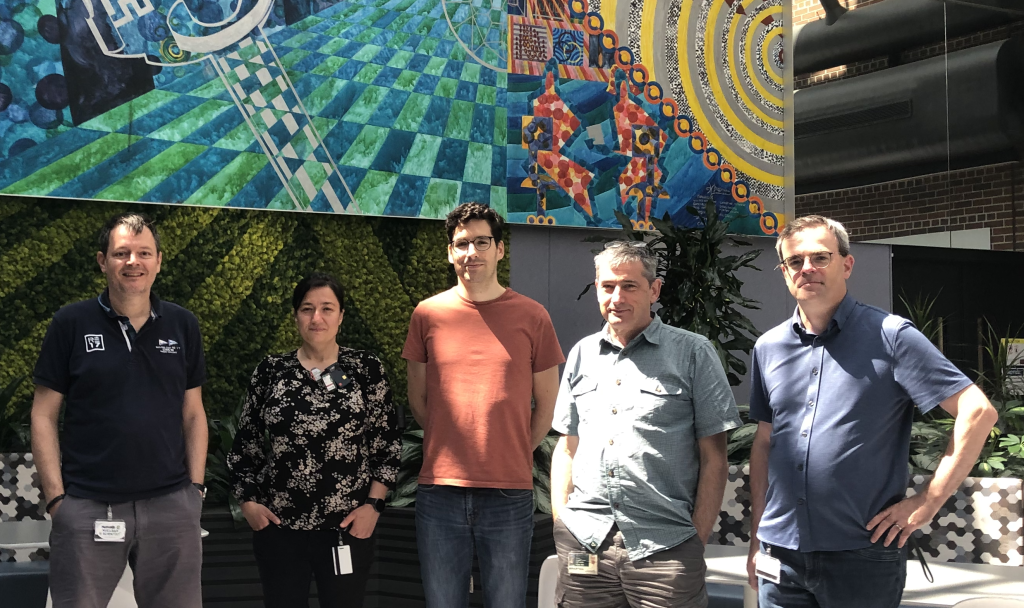
The (d,2He) charge-exchange reaction was studied in inverse kinematics with 32Mg and 33Al beams. It used a combination of the S800 Spectrograph and the Active-Target Time-Projection Chamber. The S800 acceptance made it possible to measure transitions up to the ~S2n of 32Na and 33Mg. For the first time, the Gamow-Teller strengths in the β+ direction will be extracted on these unstable nuclei. The data will constrain theoretical models used for estimating Gamow-Teller strengths and therefore electron-capture rates in and at the boundary of the N=20 island of inversion. Nuclei in this region play important roles in neutron-star crusts and the details of the Gamow-Teller strength distributions determine whether particular nuclei contribute to heating and cooling and where they reside in the crust.
April 2024 – two researchers werer supported by the IRL-NPA.
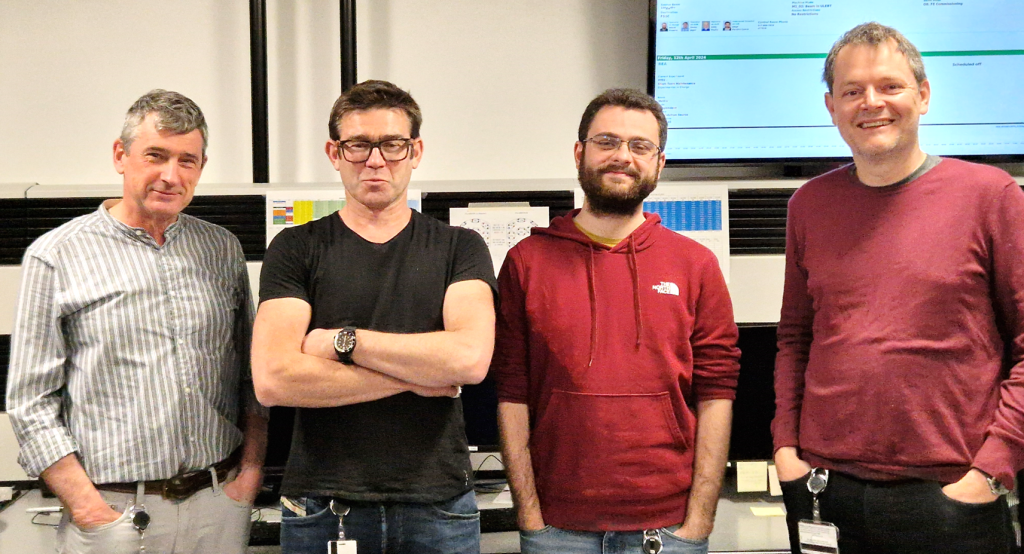
The purpose of the visit was to perform an off-line experiment at FRIB. The measurement was carried out in collaboration with scientists from Oak Ridge National Laboratory (Krzysztof Rykaczewski, Charlie Rasco, Thomas Ruland and Toby King) and used the Modular Total Absorption Spectrometer, MTAS, located at FRIB. The goal was to study the Bremsstrahlung radiation escaping from YAP scintillator detectors in order to benchmark Monte-Carlo simulations. The picture was taken at the end of the experiment with IRL NPA co-director Oscar Naviliat-Cuncic (left) and IRL NPA director Jérôme Margueron (right).
Nov. 2023 – Six experimentalists from IN2P3 laboratories were supported by the IRL-NPA.
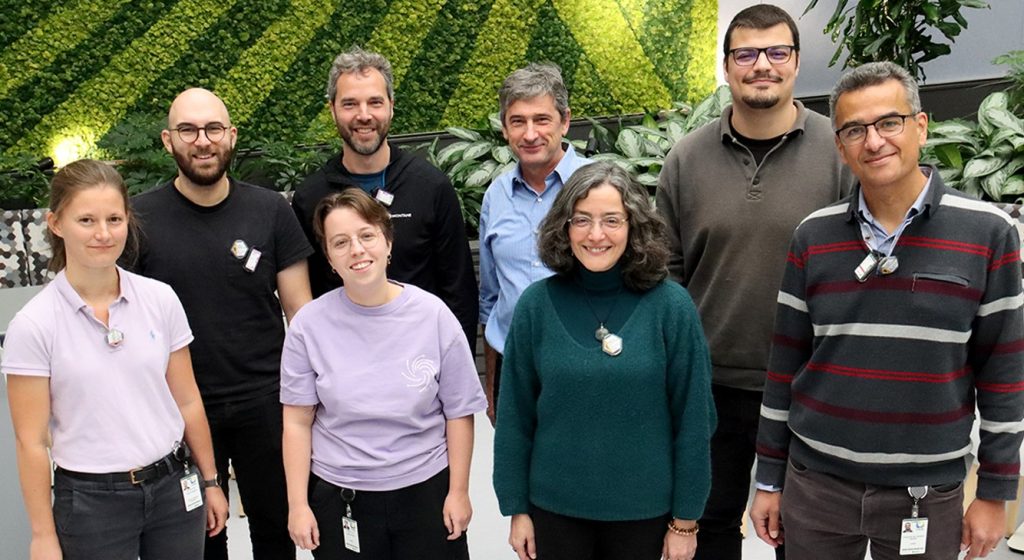
The experiment e23037 at FRIB used the gamma-ray array GRETINA and was a measurement of a transfer reaction enabling to probe resonance strengths in a proton capture reaction which is important to assess the 26Al production in classical novae.
